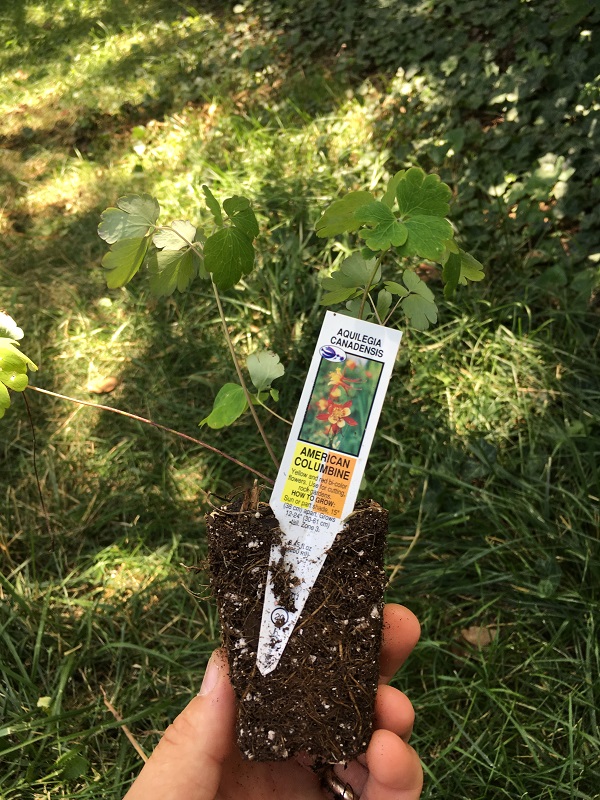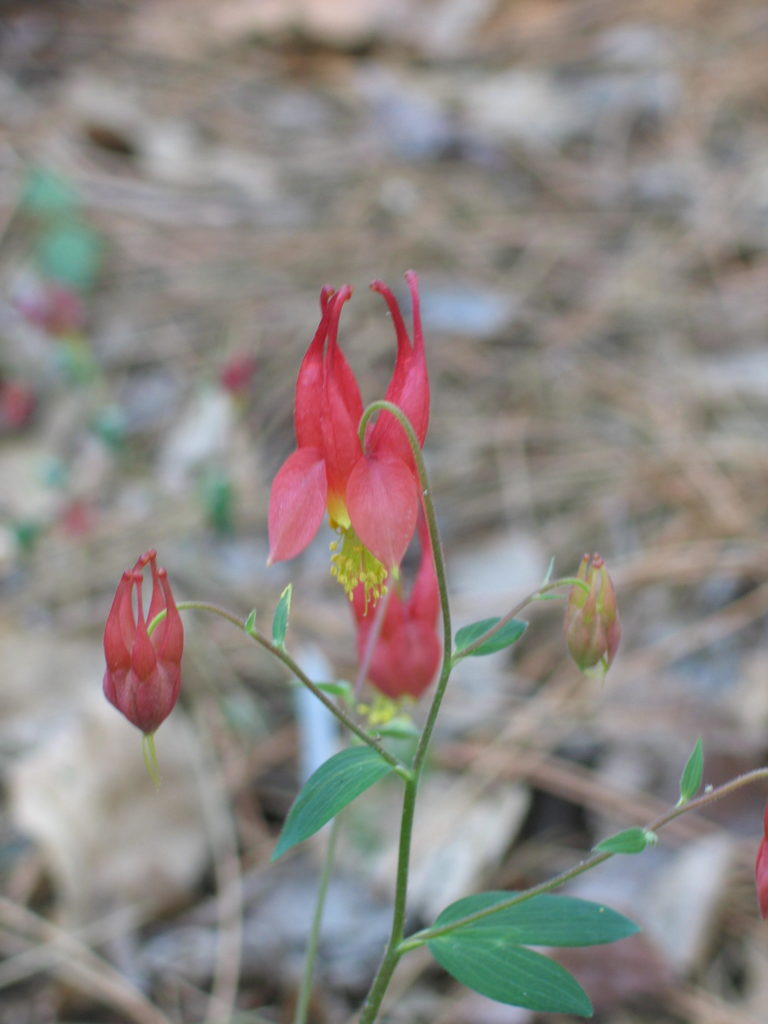“I have shade in my yard, what can I grow?” We get this question every year at our FloraKansas Plant Festivals and I admit it is a challenge to come up with plants that will thrive in shade. The difficulty with trying to grow shade plants in our area in not that we have shade, it’s that we have shade in an area that once grew sun loving deep rooted prairie plants. Trees have been added to our landscapes out of necessity and the prairie has been pushed out due to lack of adequate sunlight. The inconsistent rainfall and root competition of the trees are a real challenge to shade-loving perennials, shrubs and understory trees.
So what can we do to create a shade garden?
Start small
Choose drought tolerant shade loving plants. These new additions to your shade garden should be smaller and don’t require digging a deep hole and disturbing tree roots to get them in the ground. Establish an area that can easily be managed and maintained the first couple of years. Keep in mind that root competition and irregular rainfall will require consistent moisture from you the first year until the new plants can weave their roots through the tree roots and live in harmony together.
Be patient
This is not a quick fix. The roots of your shade plants develop slowly so you need to watch and wait to see what these plants need. The first two years are vital to the success of your shade garden endeavor. You will need to water them regularly to encourage growth. Work with the plants to create an environment in which they will thrive. Your patience will be rewarded with new blooms several years into the future, but you have to start now to see this happen.
Forms and textures are important
Let face it, there are not as many showy flowering plants for the shade compared to the vast array of sun loving prairie plants. So, we need to include plants with interesting forms and foliage. A good example of this are the arching stems of Solomon’s seal. A group of these growing happily together are very striking. Incorporate plants that flower but don’t forget the architecture that give additional visual interest. Great shade gardens have a balance of flowers and foliage.
Don’t fertilize
Leave the leaves as protection and organic matter. As the leaves decompose, they will supply nutrients to the fledgling plants. The natural processes that make a woodland work effortlessly need to be replicated as closely as possible. Woodland plant communities rely on the nutrients from the canopy and twigs that are slowly broken down and released back to the soil. Too much fertilizer creates all kinds of problems, but the most obvious is too much growth with not enough sustainable roots.
CLICK HERE: For a list of shade loving perennials and shrubs.
Trees in Kansas are a blessing, not a curse. We enjoy the shade, but often struggle to find the right plants for that barren shady spot under the trees. Some properly chosen plants and some patience along with timely watering will make your woodland garden more natural and resilient over time. The roots of the trees and roots of the shade plants co-mingle in our soil, sunlight and climate. Even the most tranquil forest settings we have seen have complex processes and interactions taking place. So, be patient and you will be rewarded with happy plants for years to come.




